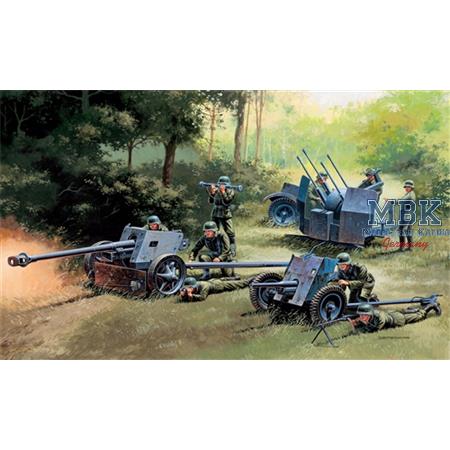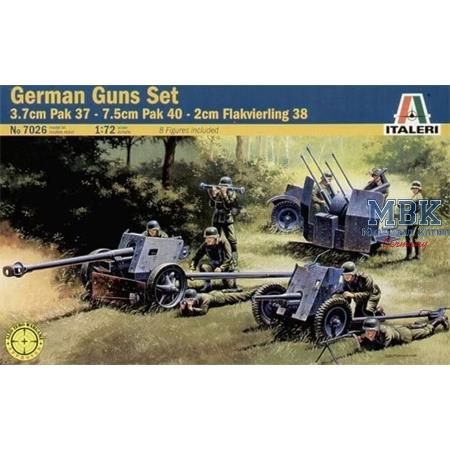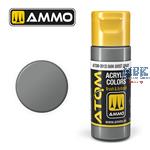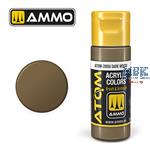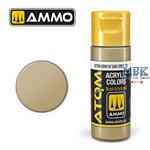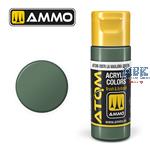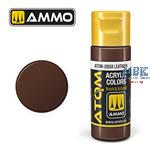
The anti-tank gun 36 was a German 3.7cm caliber anti-tank gun from the Second World War.
It was the Wehrmacht's most important anti-tank weapon until 1942.
Developed by Rheinmetall in 1933, it was first delivered to the army in 1936.
By the start of the war in September 1939, 9,120 units were available, and a further 5,339 units were produced during the war.
By the late 1930s it was the world's predominant anti-tank gun.
The 7.5cm anti-tank gun 40 (PaK 40) was one of the most frequently used anti-tank guns by the German Wehrmacht during the Second World War from 1942 onwards.
The PaK 40 had a spreader mount with two tubular spars and disc wheels with solid rubber tires.
The barrel had a muzzle brake.
The return brake and the forehaul were located in the tube cradle.
Two low, angled protective shields, each 4 mm thick and spaced 25 mm apart, and an additional partial protective shield that could be folded forward provided protection for the operator.
At the beginning of 1942 the PaK 40 L/46 was available.
It became the standard weapon of German tank destroyers.
The German 20mm Flakvierling 38 fired an impressive 600 rounds per minute and was greatly feared by Allied pilots.
It was also used on trucks and other vehicles as well as on warships.
Plastic model kit for three guns
- With crews
Scale 1:72
unbuilt / unpainted
Write now your personal experience with this article and help others with their purchase decision.
